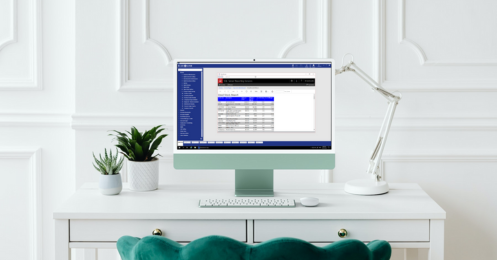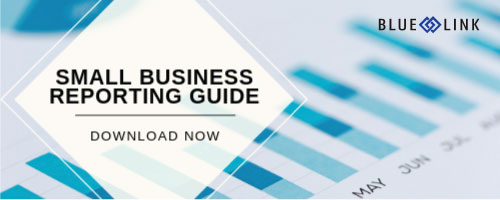When speaking with businesses looking to move away from introductory inventory and accounting software to more sophisticated distribution accounting software, one of the most requested features is better reporting. Many systems offer generic, canned-type of reports, which while useful, are based on assumptions that may or may not be relevant to your company. These types of reports are not designed for detailed analysis and do not take into consideration a company’s unique competitive advantage. The ability to quickly create and modify custom reports that speak directly to the business problems you are trying to solve on a daily basis is a much more meaningful piece of functionality. A software vendor that provides multiple tools for reporting gives businesses the flexibility to collect, edit, share and analyze data in the best format possible. Working with the vendor to design a report (often on pen and paper first) will allow you to properly define the criteria and parameters for the report, to easily make sense of the data collected. Even better is finding a software vendor that will train your team on how to create your own reports using the tools provided. This will allow your team to quickly and easily get relevant information in a meaningful format, without having to pay the vendor or wait for them to complete the report.
When creating reports, it is important to consider how you want to analyze the information in addition to what information you want to collect.
- Do you need to easily share the data with other members of your team? Do you want to schedule reports to get sent to the appropriate people via email?
- Are there variables in the report you want to manipulate? For example, do you want the ability to easily change timeframes, customer information or product information?
- Do you want to see the information in conjunction with other datasets? Do you need to report on data from different departments?
- Do you need to be able to automatically print reports to different areas of the business such as pick tickets and packing slips?
All of these factors will have an impact on which reporting tool is best for the specific report in question.
Data Integrity
Reports of any kind are only as good as the data within them. Poor data input is a common issue, especially in smaller organizations with less formal procedures and systems in place. Working with multiple, disparate systems lends way to duplicate data, re-keying errors and outdated data. For growing businesses who deal with constant changes to customer, supplier and product information, the systems in place for managing inventory and accounting can have an impact on the accuracy of data and reporting. To ensure the integrity of your data, it is important to implement more formal procedures for data collection and storage and implement the right systems to aid in proper data management. With accounting ERP software, all data is stored in a central database which means information only needs to be updated once, further reducing the room for error. ERP software includes controls for eliminating the entry of bad data, for example, by not allowing the same product code or contact code to be created. Before you start to generate reports across all company departments, it is a good idea to create reports that verify the data within the system. For example, creating reports that automatically get sent to the appropriate people when critical field data is missing and the ability to schedule reports based on a periodic search for duplicate and incomplete records.
Consider Dashboard Views
Instead of running two or three different sales or operations reports, it may make sense to discuss the business decisions you are trying to support with a consultant from your software vendor and then work together to craft a single new report or dashboard that pulls together the information that you need into a single view. Doing this can avoid users from manually re-keying data from one report into a summary spreadsheet – or trying to collect data from multiple sources and consolidate into a presentation. Manually re-keying data from a financial system or ERP into spreadsheets means you’re opening yourself up to keying errors which could result in decisions being made based on bad data.











